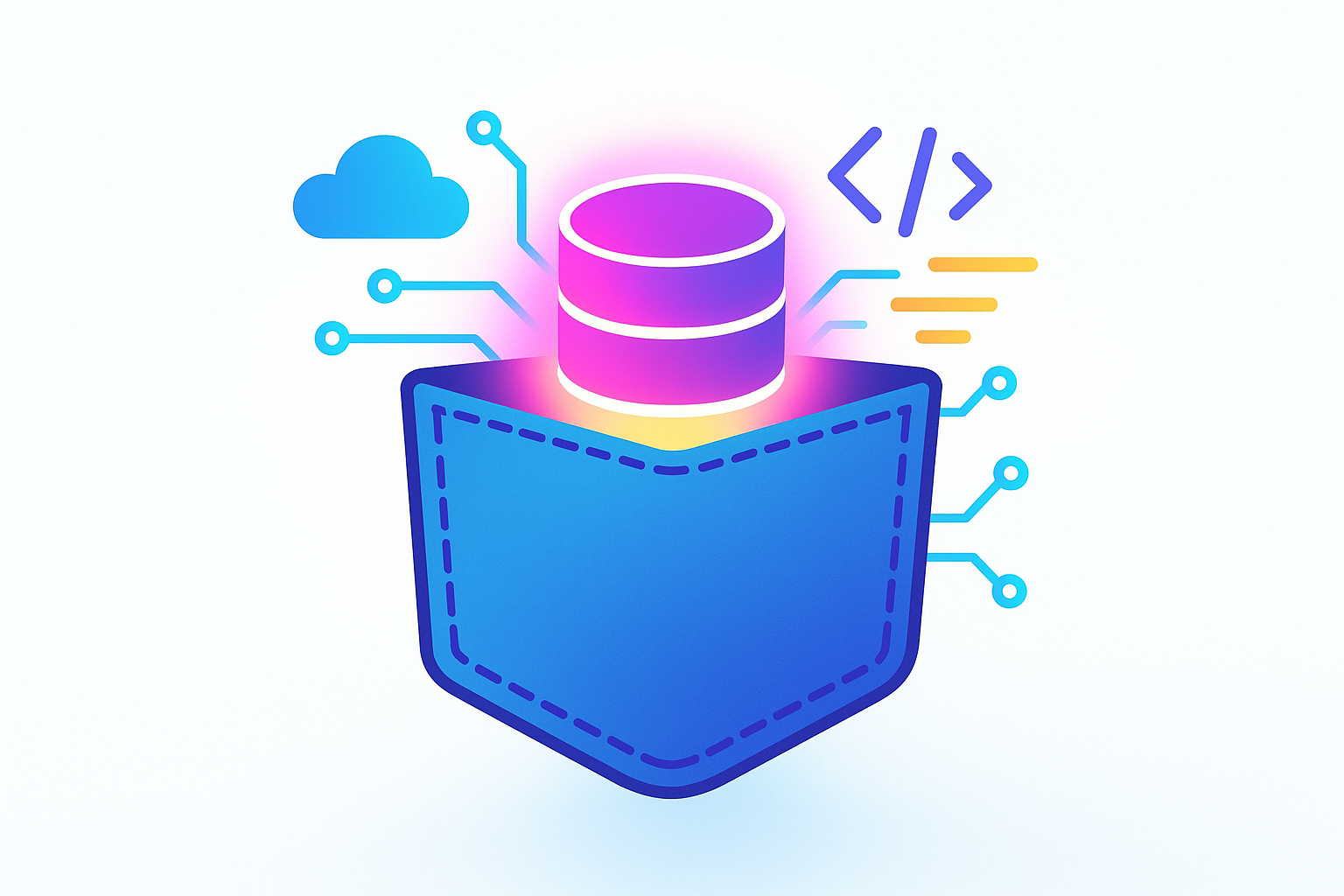PocketBase: The Lightweight Open‑Source Backend You Can Host Anywhere
Learn why PocketBase is the perfect self‑hosted backend for prototypes, hobby projects, and production apps. In this guide we walk through its features, setup, and best practices.

PocketBase: The Lightweight Open‑Source Backend You Can Host Anywhere
TL;DR: If you've ever wished for the agility of Firebase without vendor lock‑in—or the power of Supabase without a multi‑service bill—PocketBase might just be your new best friend. Let’s dive into why developers are raving about this tiny Go binary and how you can get productive in minutes. 🏃♂️💨
What Is PocketBase?
PocketBase is an open‑source backend powered by Go and SQLite. It ships as a single file you can drop onto any server, Raspberry Pi, or even your laptop. Run one command and you instantly have:
- A real‑time database (SQLite under the hood)
- Built‑in user authentication (email, password, OAuth2)
- File storage with resumable uploads
- A WebSocket API for live data subscriptions
- A slick admin dashboard
All of this with zero external dependencies. Goodbye, complicated microservices 👋.
Why Choose PocketBase over Firebase, Supabase, or Parse?
| Feature | PocketBase | Firebase | Supabase |
|---|---|---|---|
| Self‑hostable | ✅ | ❌ | ✅ |
| Binary size | ~15 MB | N/A (cloud) | Docker multi‑container |
| Pricing | Free (host yourself) | Pay‑as‑you‑go | Pay‑as‑you‑go |
| Realtime | ✅ (WebSockets) | ✅ | ✅ |
| Offline mode | Local SQLite | IndexedDB | Postgres cache |
| Learning curve | Low | Medium | Medium |
PocketBase sits in a sweet spot: lightweight enough for hobby projects, yet powerful enough to power SaaS MVPs. If you love the local‑first philosophy or need an offline‑friendly mobile app backend, PB shines. ✨
Key Features Developers Love
1. Embedded SQLite with Go Speed 🐇
PocketBase leverages SQLite’s battle‑tested reliability while using Go’s concurrency model for speed. Indexes, full‑text search, and transactions come standard.
2. Realtime Subscriptions
Listen for create, update, or delete events over WebSockets. Your Nuxt3 front‑end can react instantly to data changes—no polling required.
3. Flexible Auth
Built‑in providers: Email/Password, OAuth2 (Google, GitHub, Apple…), Passwordless magic links, and custom JWT rules.
4. File Storage Done Right
Drag‑and‑drop file uploads from the admin UI or directly via the REST API. Files are stored on disk or S3‑compatible storage with signed URLs.
5. Portable Admin Dashboard
The admin UI is bundled inside the binary. No node_modules, no compile step—just point your browser and go.
Installing PocketBase in 60 Seconds 🚀
curl -L https://github.com/pocketbase/pocketbase/releases/download/v0.20.0/pocketbase_0.20.0_linux_amd64.zip -o pb.zip
unzip pb.zip && ./pocketbase serve
Visit http://localhost:8090/_/ in your browser, create the first admin user, and boom—you’re in business.
Pro tip: Add
--dir ./pb_datato keep your database and uploads outside the executable for painless upgrades.
Building Your First TODO API
- Create a Collection called
taskswith fieldstitle(text),done(bool), anduser(relation -> users). - Insert Data via REST:
curl -X POST http://localhost:8090/api/collections/tasks/records \
-H "Content-Type: application/json" \
-d '{"title":"Buy croissants","done":false}'
- Subscribe from your Nuxt3 client:
const pb = new PocketBase('http://localhost:8090');
const unsubscribe = pb.collection('tasks').subscribe('*', (e) => {
console.log('Realtime change', e.action, e.record);
});
Voilà—live‑updating todos.
Deployment Strategies
Docker
docker run -d --name pb -p 8090:8090 \
-v $(pwd)/pb_data:/pb_data pocketbase/pocketbase:latest serve --dir /pb_data
Serverless Platforms (Railway/Vercel)
Add a procfile or start command: ./pocketbase serve --http 0.0.0.0:8080. Attach persistent volume if available.
Static Hosting + API Edge
Host PocketBase on a tiny VPS (e.g., 1 vCPU, 512 MB RAM) and front it with Cloudflare Tunnel for a production‑grade global edge.
SEO Tips When Using PocketBase with Nuxt 3 🌐
- Server‑side Render your first contentful paint. Use Nuxt’s
useAsyncData()to fetch records at build time. - Canonical URLs: PocketBase collections map nicely to clean slug routes (
/blog/:slug). - Incremental Static Regeneration: Revalidate hidden drafts by listening to PocketBase’s
updateWebSocket events. - Structured Data: Embed JSON‑LD from collection fields for articles, products, or FAQs.
- Image Optimization: Store high‑res originals in PocketBase, then serve thumbnails via Nuxt Image or Cloudflare Images.
Frequently Asked Questions 🤔
Is PocketBase Production‑Ready?
Yes—many startups run PB in production. SQLite’s WAL mode scales to thousands of writes per second on modest hardware. For heavy workloads, consider read replicas or splitting writes by tenant.
How Do Migrations Work?
PocketBase exposes pb_migrations for SQL scripts. Use the CLI migrate create and migrate up commands, or embed migrations in CI.
Can I Extend PocketBase?
Yep! Write custom Go hooks, embed PB as a Go module, or run cloud functions via background queues.
Conclusion
PocketBase distills a decade of backend complexity into one file. Whether you’re hacking a weekend side project or launching a SaaS MVP, PB lets you focus on the front‑end experience—no DevOps PhD required.
Ready to try it? Download the latest release, spin it up, and tell us what you build. The possibilities fit in your pocket. 😉
Happy shipping! ✈️